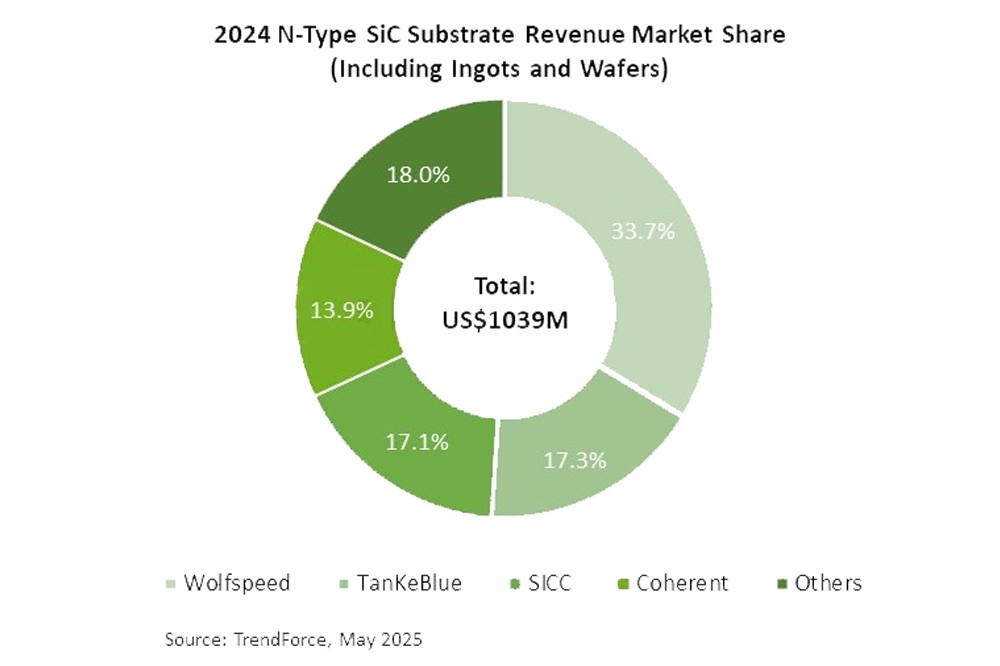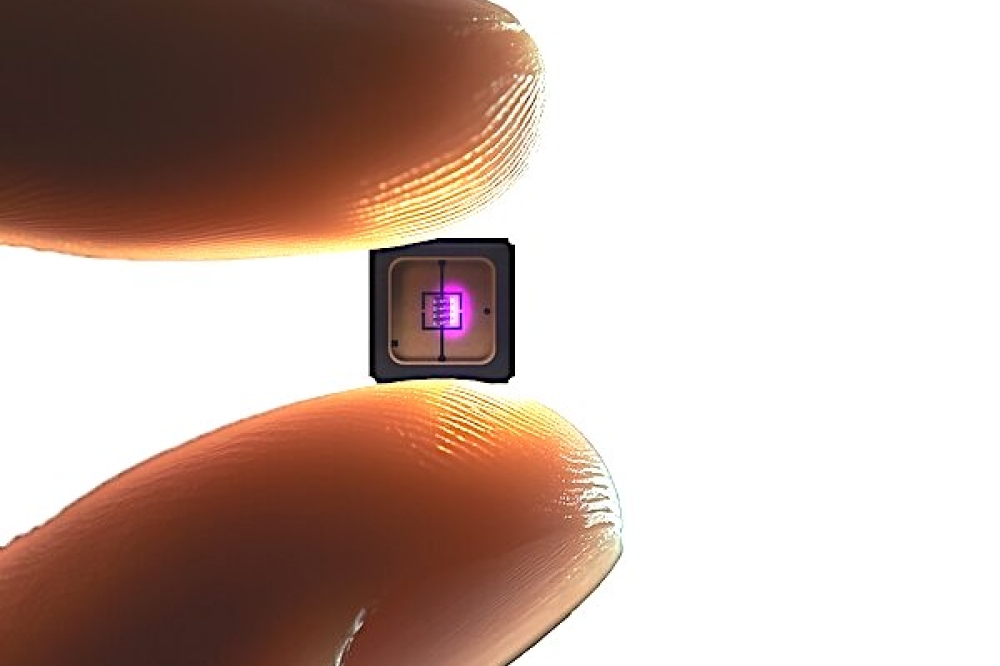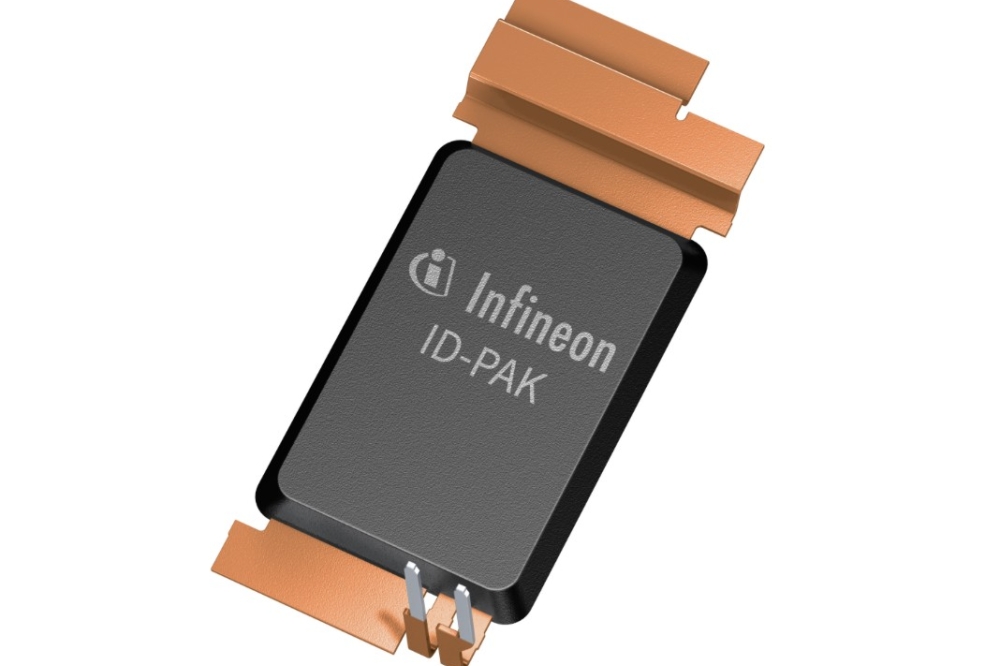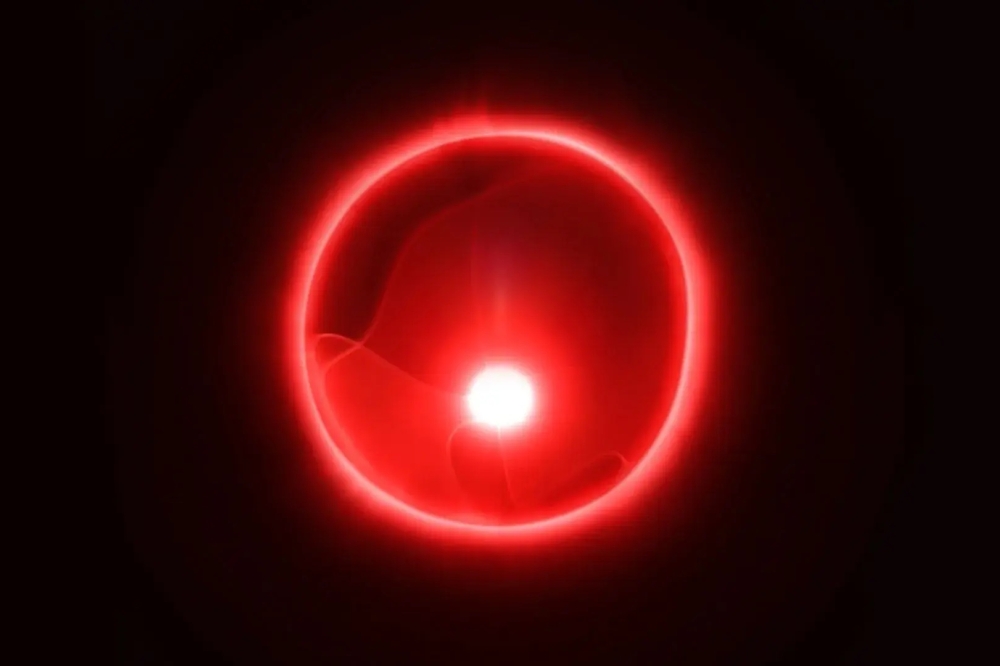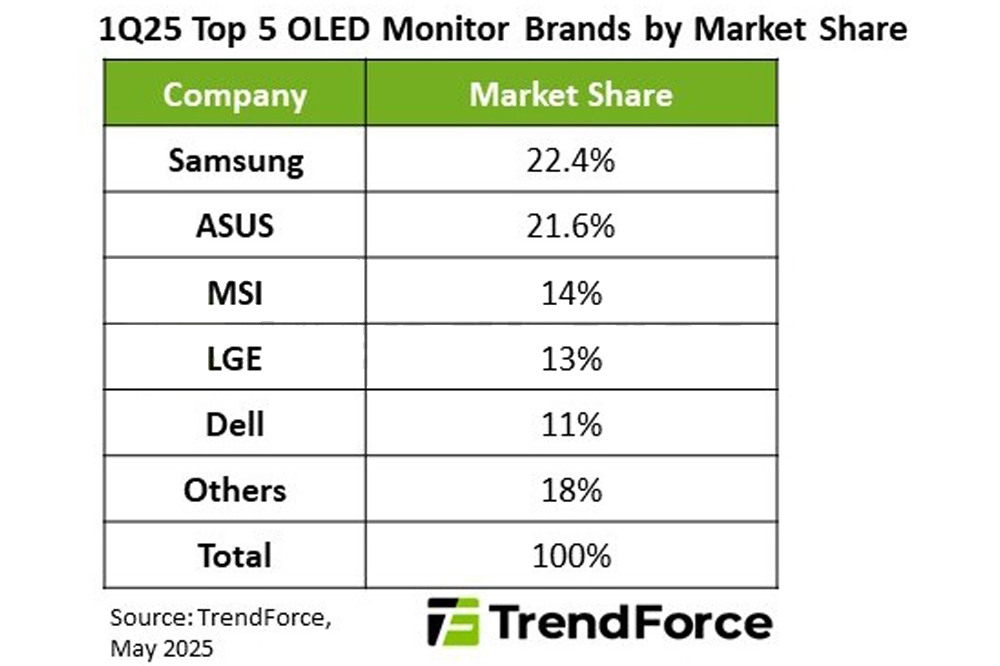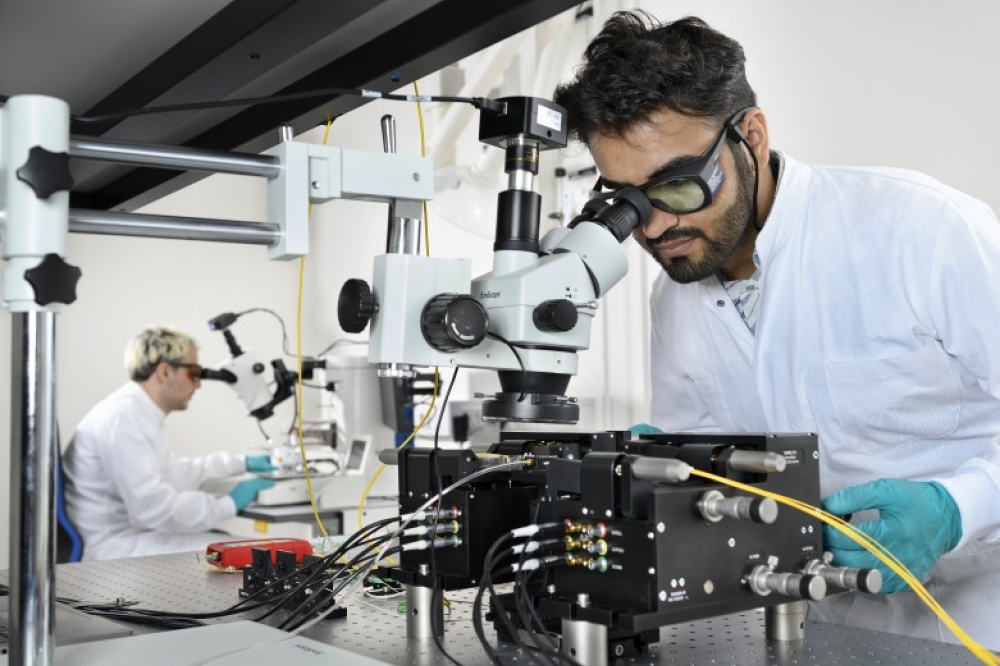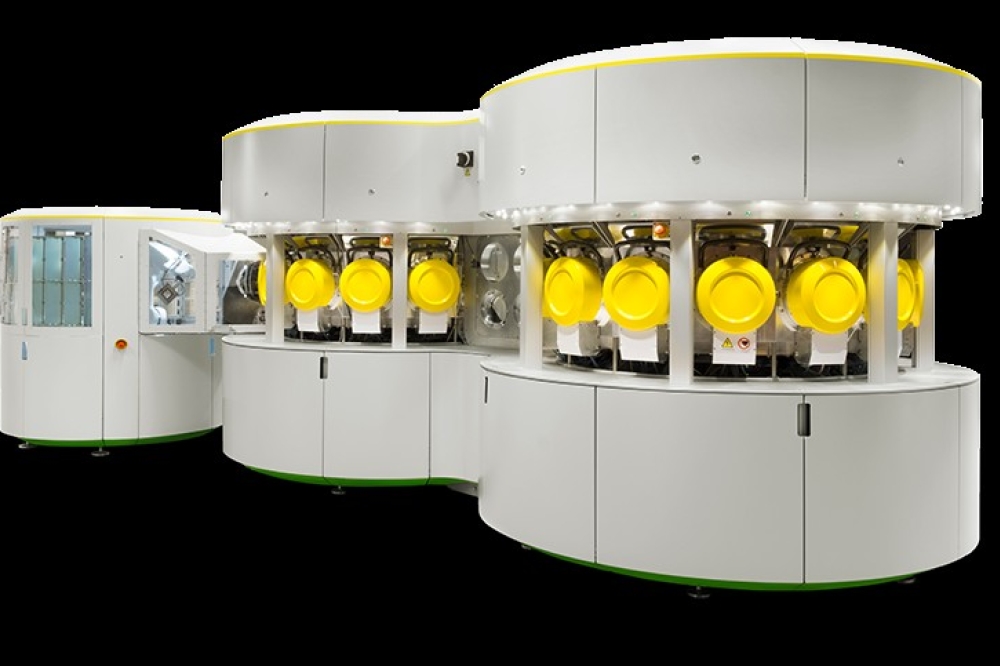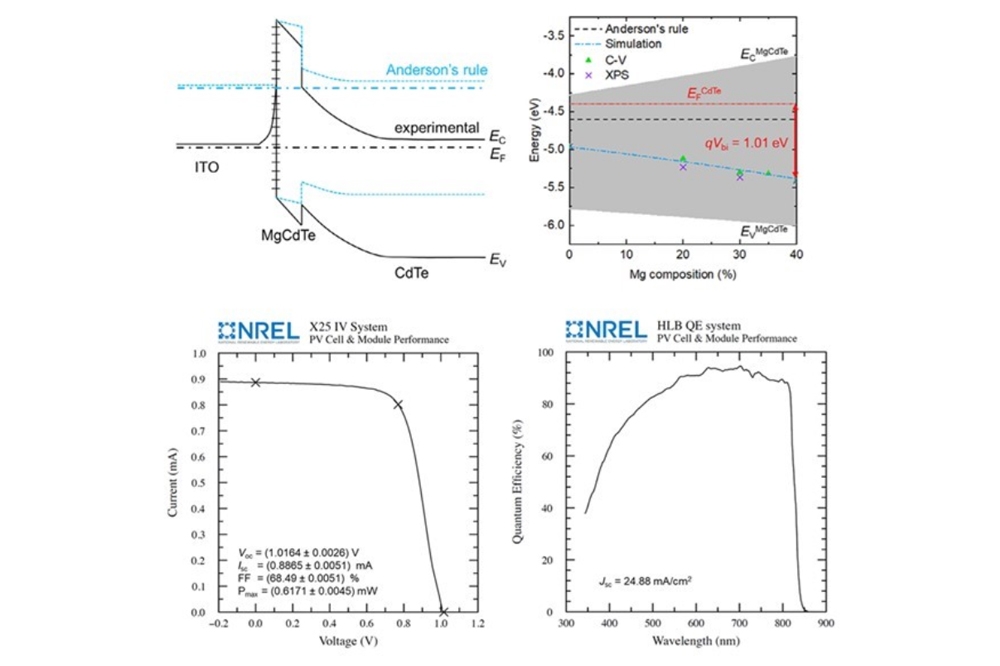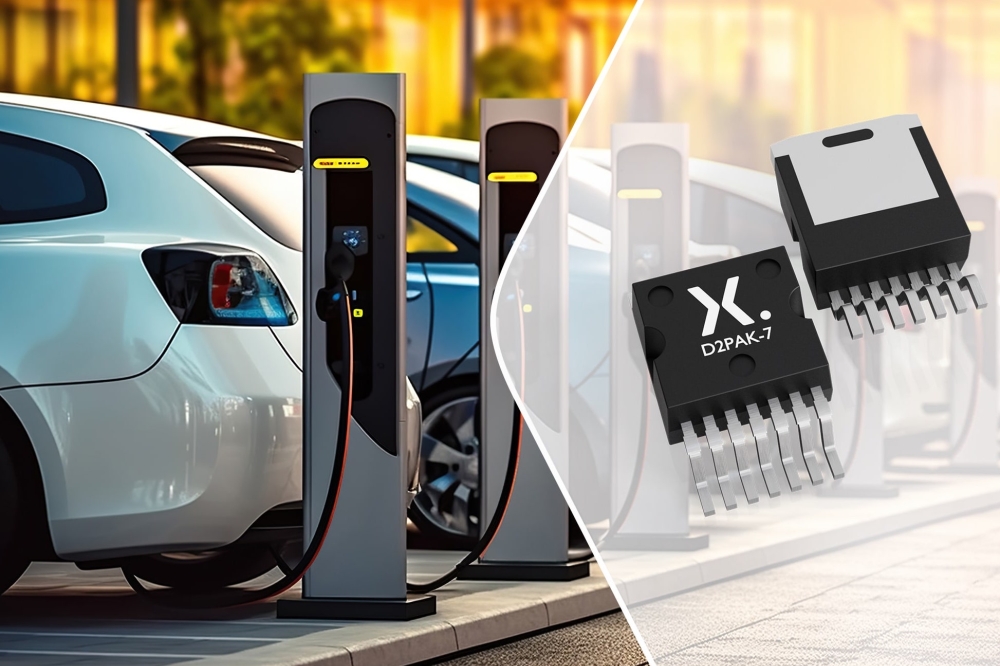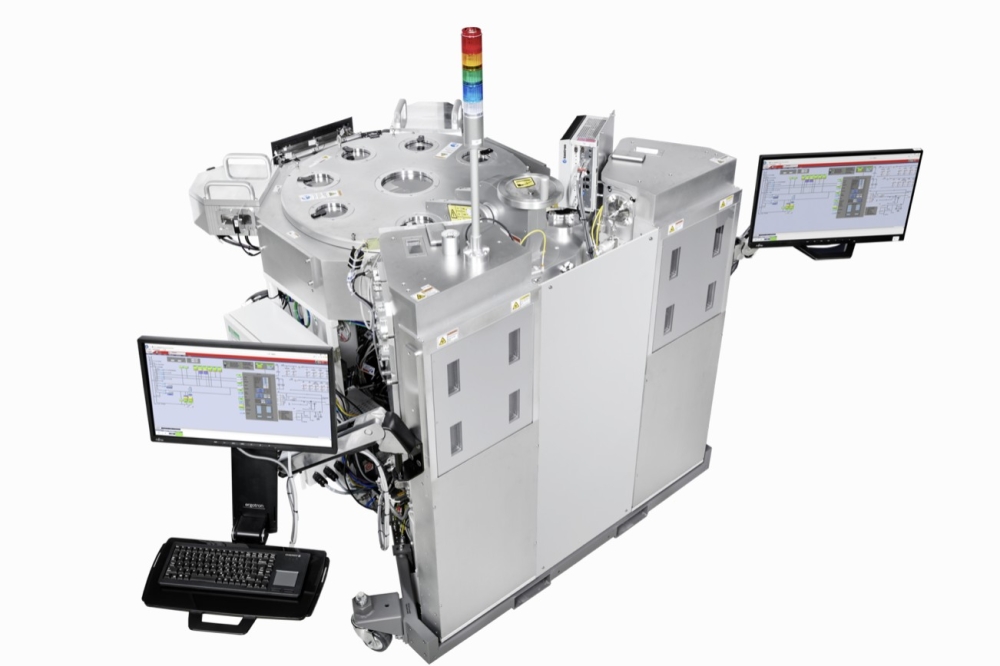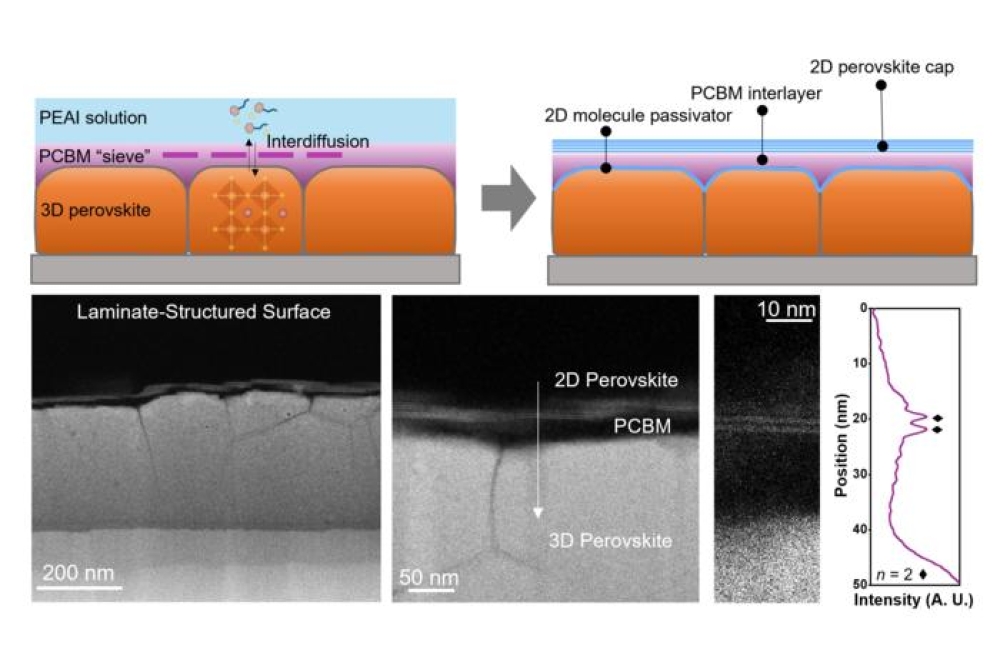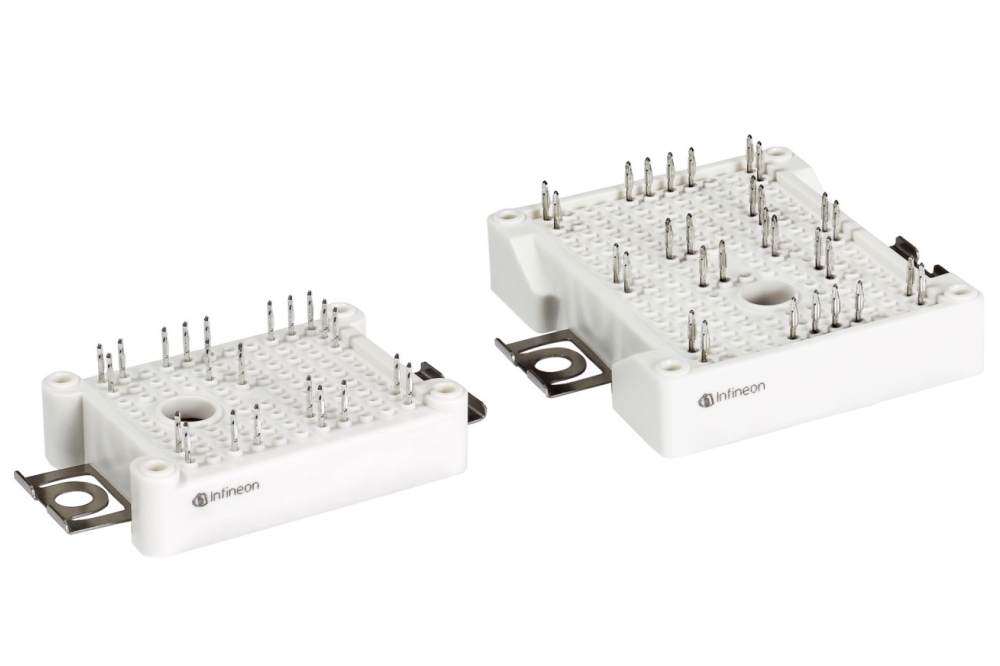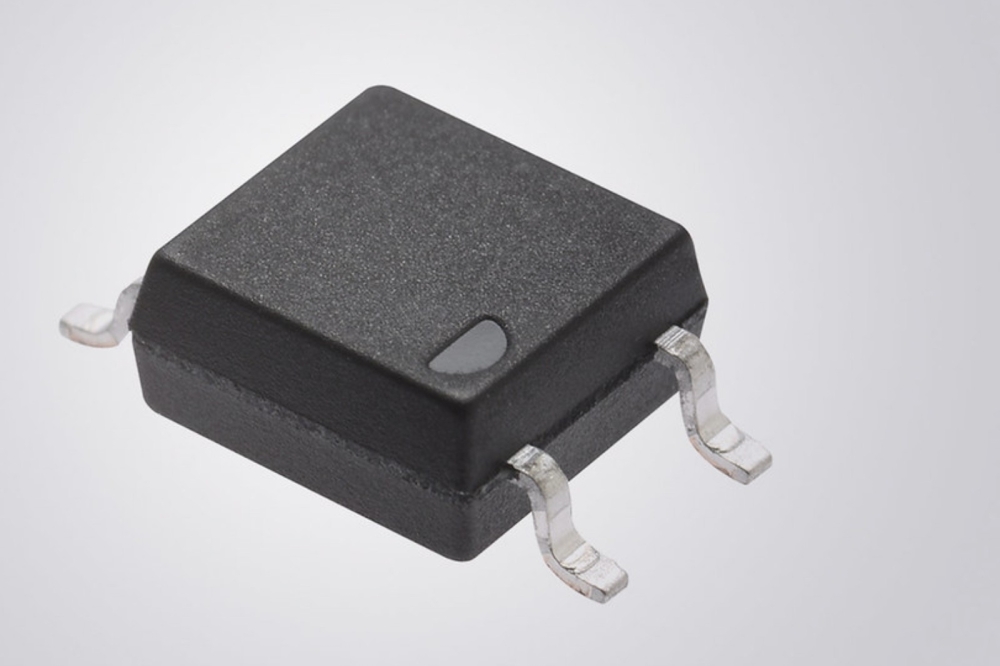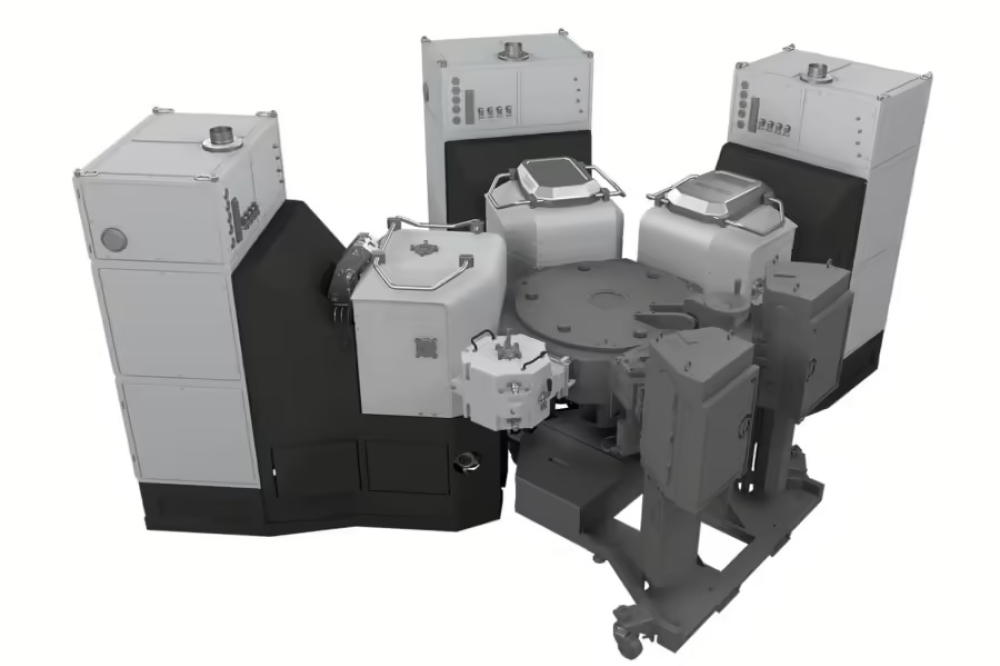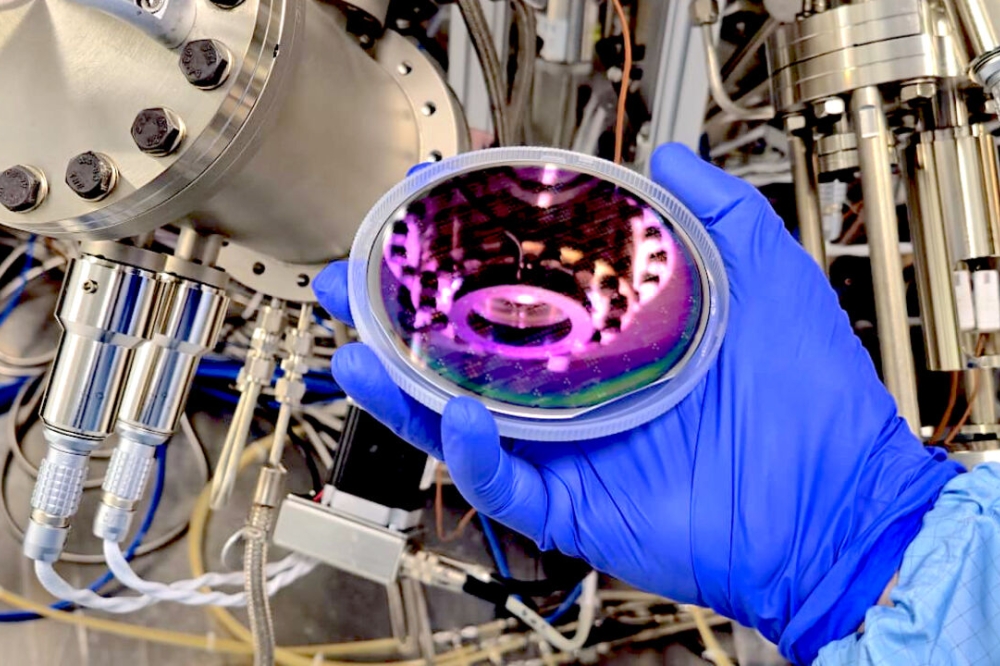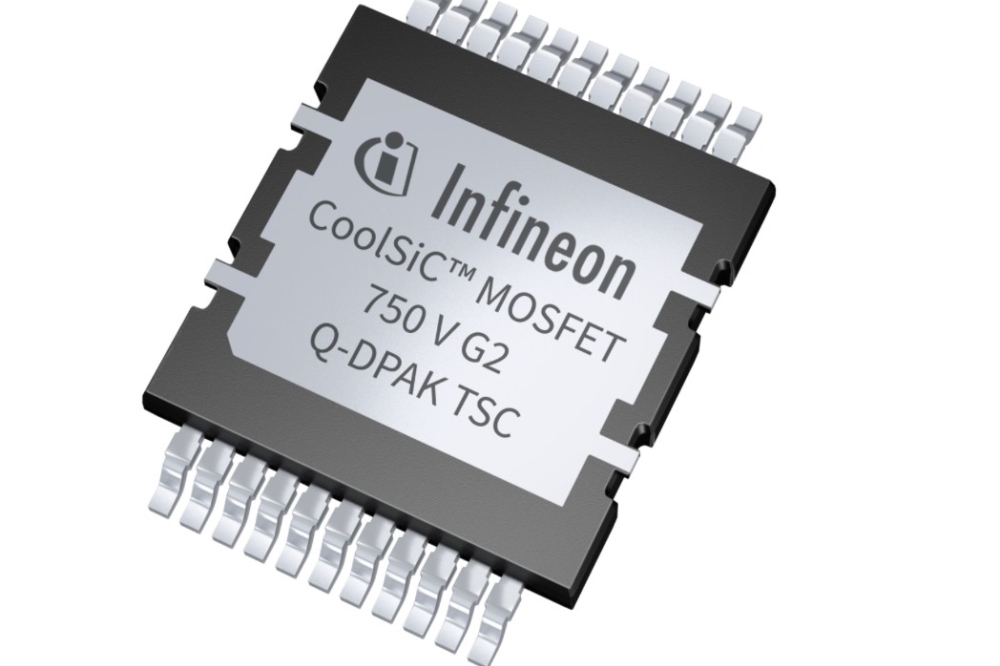Korean team achieves stable 21.7% efficient perovskite cells
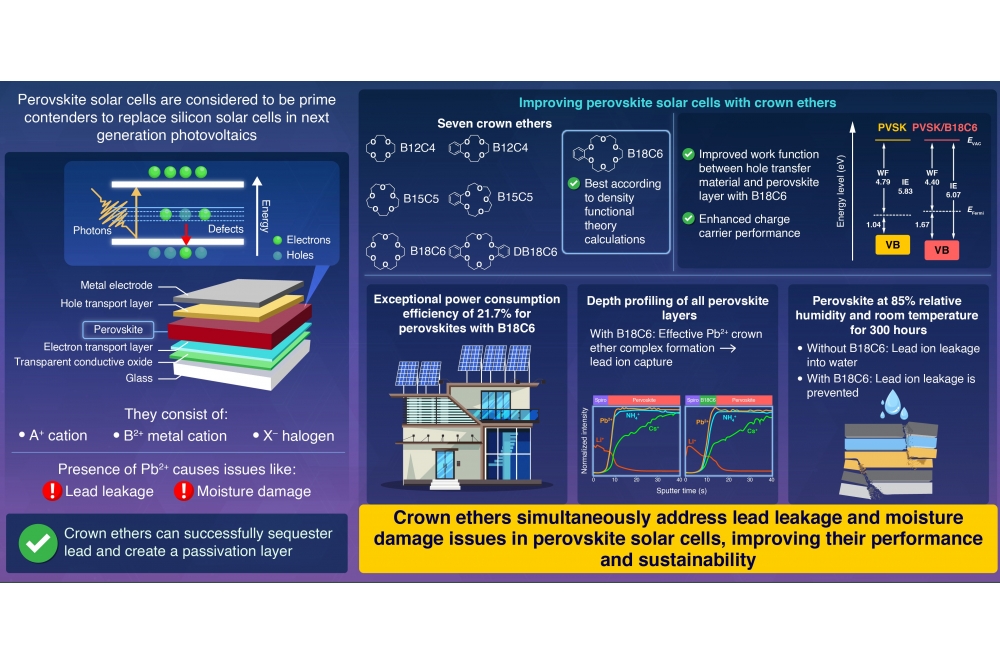
Crown ether B18C6 with interfacial passivation prevents lead leakage and degradation due to moisture
Perovskite solar cells achieve high power conversion energy but they also suffer from lead leakage and perovskite degradation due to moisture. Now, Pusan National University scientists in Korea have used interfacial passivation, where lead ions are bound by crown ether B18C6, to achieve 21.7 percent power conversion energy.
The crown ether also resists degradation due to moisture for 300 hours at room temperature and 85 percent humidity.
The presence of lead ions in perovskite solar cells not only causes lead leakage, which is a hazard for the environment, but in the presence of moisture, the perovskite tends to get corroded. Multiple approaches have been suggested to resolve this issue, including encapsulating the device and compositional engineering of the perovskite light absorbers.
In the study, 'Interfacial Engineering Through Lead Binding Using Crown Ethers in Perovskite Solar Cells' published in the Journal of Energy Chemistry, the Pusan researchers tested many crown ethers, but found that B18C6 was the best for interfacial passivation.
With B18C6, there was an increased charge carrier lifetime (or the time spent by an electron in the conduction band of a semiconductor and a hole in the valence band of a semiconductor) seen within the perovskite. The work function (or the minimum energy required to move an electron from a metal’s surface) between the hole transfer material and the perovskite was also improved.
Compared to untreated perovskites that showed signs of lead leakage, the perovskites with B18C6 showed no signs of lead leakage when a depth profile of all layers was conducted. Furthermore, while normal perovskites showed lead iodide formation when exposed to 95 percent humidity at room temperature for 300 hours, no such issue was observed for the perovskite passivated by B18C6.
Lead researcher Ji-Youn Seo from the team said: “In ten years, this technology could be applied to the energy, display, and semiconductor materials industries through the heterojunction structure. If leveraged effectively, it could lead to the development of high-efficiency hydrogen production devices, high-brightness, flexible displays, and the development of three-dimensional organic and inorganic semiconductor materials and devices, contributing to leading the advancement of high-tech nations.”


